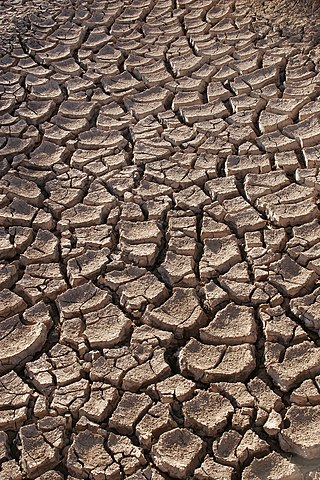Each Chapter covered with step by step method.
Easy Learning.
Easy Learning.
 |
| redworms - friends of farmers |
 Q5: How will you show that air is dissolved in
water?
Q5: How will you show that air is dissolved in
water? |
| Drought credits:wikipedia |
| Column I | Column II |
|---|---|
| N-N | Repulsion |
| N-_S_ | Attraction |
| S-N | Attraction |
| _N_-S | Repulsion |
 |
| Bar Magnet |
 |
| Magnetic Compass |
 |
| Compass Directions |
| Column I | Column II |
|---|---|
| Boat gets attracted towards the magnet | Boat is made of magnetic material |
| Boat is not affected by the magnet | Boat is made up non-magnetic material |
| Boat moves towards the magnet if
north pole of the magnet is brought near its head |
Boat is fitted with a magnet with
south pole towards its head |
| Boat moves away from the magnet
when north pole is brought near its head |
Boat is fitted with a magnet with
north pole towards its head |
| Boat floats without changing its direction. | Boat has a small magnet fixed along
its length |
| Object | Transparent /Translucent /Opaque |
Luminous/ Non-luminous |
|---|---|---|
| Air, Water | Transparent | Non-luminous |
| Piece of Rock, Sheet of Aluminium, Mirror, Wooden Board, CD, Umbrella, Wall, Sheet of Carbon Paper, Sheet of cardboard, Moon |
Opaque | Non-luminous |
| A sheet of polythene, Smoke, Fog, Sheet of cellophone, Wire-mesh, |
Translucent | Non-luminous |
| A piece of Red hot iron, Light fluorescent tube, Lighted torch, Kerosene stove, Sun, firefly |
Opaque | Luminous |
| Flame of gas burner | Translucent | Luminous |

 |
| Bones help in movement |
| Column I | Column II |
|---|---|
| Upper jaw | is an immovable joint |
| Fish | have fins on the body have a streamlined body |
| Ribs | protect the heart |
| Snail | shows very slow movement |
| Cockroach | has an outer skeleton can fly in the air |
| Animal | Body part used for moving from place to place |
How does the animal move? |
|---|---|---|
| Cow | Legs | Walk |
| Humans | Legs | Walk |
| Snake | Whole body | Slther |
| Bird | Feather | Fly |
| Insect | Wings, Legs | Fly, Hop |
| Fish | Fins, Whole Body | Swim |
| S. No. | Change | Can be reversed (Yes/ No) |
|---|---|---|
| 1. | The sawing of a piece of wood | No |
| 2. | The melting of ice candy | Yes |
| 3. | Dissolving sugar in water | Yes |
| 4. | The cooking of food | No |
| 5. | The ripening of a mango | No |
| 6. | Souring of milk | No |
| Changes | Fast or Slow | Duration |
|---|---|---|
| (a) Curdling of milk | Slow | Few hours |
| (b) Switching on light bulb in a
dark room |
Fast | Instant |
| (c) Formation of Petrol | Slow | Million years |
| (d) Bursting a balloon | Fast | Instant |
| (e) Turning of a child into an adult. | Slow | 20 years |
| (f) Burning a matchstick. | Fast | less than a minute |
| S.No. | Physical Changes | Chemical Chnages |
|---|---|---|
| 1. | Composition of substance remains
same No new substances are formed. |
Composition of substance changes. New substance os formed. |
| 2. | Change in shape, size or physical state occurs. Chemical properties of substance remain same. | New substance have new shape, physical state, different physical and chemical properties. |
| 3. | Physical changes are reversible. | Chemical changes are irreversible. |
| 4. | e.g.: Melting of ice, expansion of iron on heating | Burning of wood, rusting of iron |